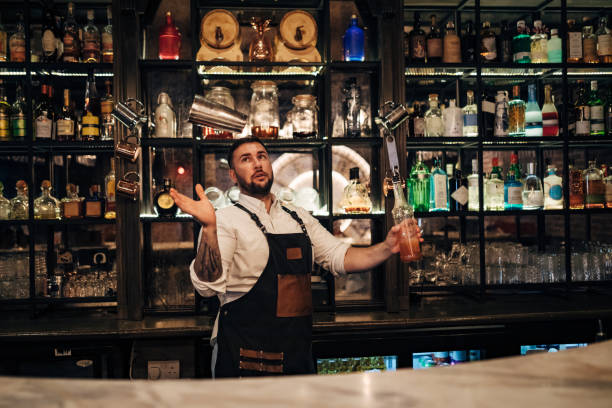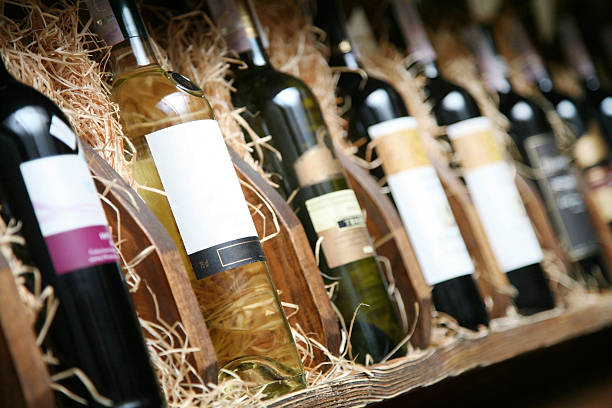Introduction
Wine, a beverage that has been a companion to human civilization for centuries, is not just a drink; it’s a cultural symbol, a marker of sophistication, and an integral part of social gatherings. While we often attribute our preferences for different wines to taste, aroma, and regional differences, it’s essential to acknowledge that our perception of wine is significantly influenced by its commercial history. Beyond the vineyards and winemaking techniques, the marketing strategies, branding, and economic forces at play have played a pivotal role in shaping our understanding and appreciation of this ancient elixir.
The Power of Branding
In the world of wine, branding is a powerful force that can elevate a simple bottle to the status of a coveted luxury item. The image associated with a particular wine brand often goes beyond the liquid inside the bottle, shaping our expectations and perceptions. From the art on the label to the language used in marketing materials, branding can create a narrative that influences our emotional connection with wine before we even take the first sip.
For instance, a winery that emphasizes tradition, heritage, and craftsmanship may evoke a sense of authenticity and quality, even if the wine itself is a recent addition to the market. On the other hand, a brand that positions itself as modern, innovative, and trendy might attract a different audience, regardless of the actual characteristics of the wine. These associations can significantly impact our preferences and choices.
Cultural Influences and Trends
Broader cultural influences and trends also shape wine preferences. The popularity of certain wine varieties or styles often aligns with societal shifts, fashion, and lifestyle changes. For example, the rise of organic and biodynamic wines can be traced back to a growing awareness of environmental issues and a preference for sustainable practices. Similarly, the surge in demand for “natural” wines reflects a broader trend towards minimal intervention and a desire for transparency in food and beverage production.
Moreover, the influence of critics, wine ratings, and reviews further amplifies the commercial aspects of the wine industry. Wines that receive high scores from influential critics often experience increased demand, creating a cycle where perception and commercial success reinforce each other. Consumers may be swayed by these external endorsements, affecting their choices and contributing to the commercialization of certain wines.
Economic Forces and Globalization
The globalization of the wine industry has introduced wines from diverse regions to a broader audience, but it has also intensified commercial pressures. The demand for consistency in taste, accessibility, and affordability has led to standardization in winemaking practices. This pursuit of uniformity aligns with commercial interests, making wines more marketable on a global scale but potentially diluting the unique characteristics of regional terroirs.
Furthermore, economic factors such as supply and demand, currency fluctuations, and trade agreements impact the availability and pricing of wines. Certain regions and grape varieties become more sought after, not necessarily due to their inherent quality, but because of market trends and commercial dynamics. As a result, our perception of the value and desirability of wine may be swayed by economic forces rather than the intrinsic qualities of the product.
Conclusion
While the taste, aroma, and origin of a wine undoubtedly contribute to our appreciation of this ancient beverage, it’s essential to recognize the significant role that commercial history plays in shaping our perceptions. From branding and cultural influences to economic forces and globalization, the wine industry is a complex web of factors that influence how we view and choose our wines. As consumers, being aware of these commercial threads allows us to approach the world of wine with a more discerning eye, appreciating not only the craftsmanship in the vineyard but also the intricate dance of commerce that has shaped our perception of this timeless elixir.




